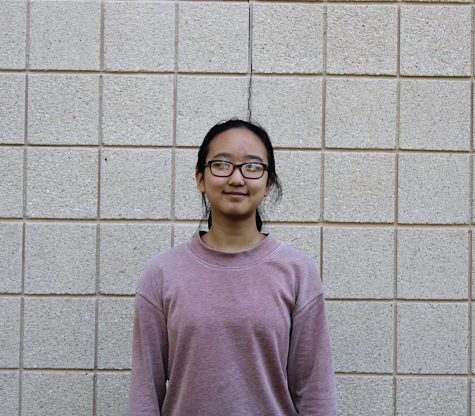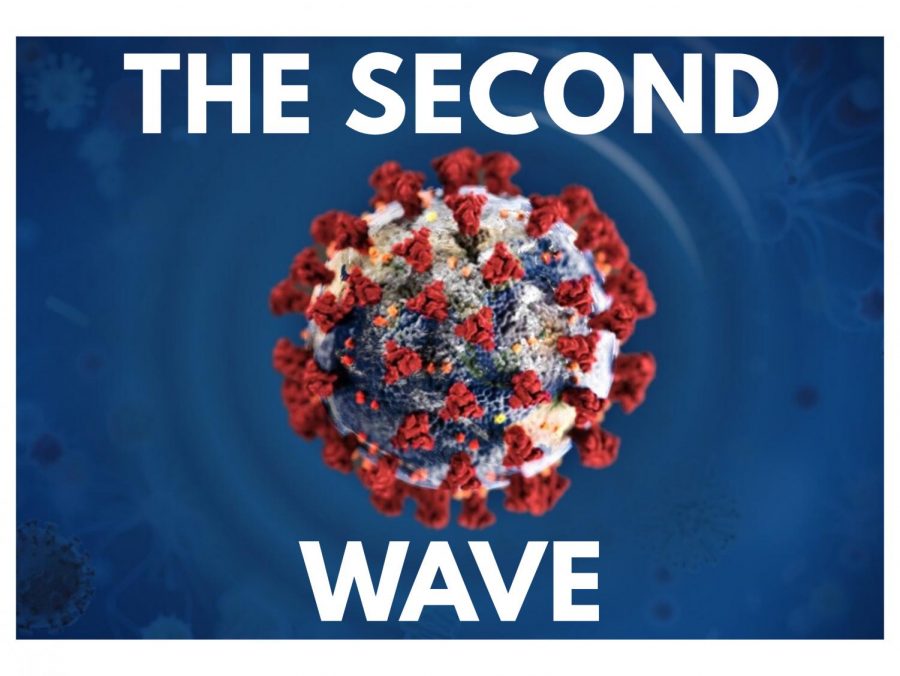The Prospect of a Second COVID-19 Wave
After spending months quarantining, hiding behind a mask, and adapting to far from normal lifestyles, many have started to regain a sense of normalcy in their lives as states reopen and students return to school. The reopening and relaxing of policies in various states may seem like a relieving indication that the COVID-19 pandemic is coming to an end… But is it?
Many experts believe that this approaching period of normality is not permanent; rather, it is likely a transient interlude between the current bout of COVID-19 and a forecasted second wave. It is predicted that the second wave will manifest sometime in late fall and amplify in the winter.
Although the occurrence of a second wave of COVID-19 is not certain, many leading health experts warn that it is likely. As explained by Dr. Anthony Fauci, the country’s leading infectious disease expert, if guidelines are not followed and preventative measures are not taken, another surge of COVID-19 is possible.
The prospect of future waves is perfectly plausible when looking at past pandemics, like the 1918 flu and the 2009 H1N1 flu, both of which had initial waves followed by a second wave. Further, projections from the Institute for Health Metrics and Evaluation (IHME) corroborate theories of a second wave, as their models estimate increases in both daily infections and deaths in November and December, and a skyrocket in daily infections and deaths if mandates continue to be relaxed.
A second wave of COVID-19 will be devastating to the nation’s economy, hospitals, education system, and citizens. In a way, this second wave could even be more problematic than the first. When COVID-19 first emerged in the United States, there were few infected individuals, making it easier to track infections.
However, now with many more coronavirus carriers to spread the disease, many of whom may be asymptomatic, it will be much more difficult to follow the chain of infection and prevent disease transmission.
So what exactly may cause this second wave of COVID-19? The answer is the same as what causes the coronavirus “spikes” seen in various places: changes in human behavior. Recently, not only have there been re-openings and relaxing of various health policies, but people have also begun to abandon the concept of social distancing, as evidenced by various cell phone data.
Other changes in behavior include decreases in preventative practices such as hand-washing and mask-wearing. What’s worse is that as cooler weather creeps in, a multitude of other problems arises. For one, as temperatures drop, people are more inclined to stay indoors where disease transmission is more likely.
Outdoor events, where social distancing is more readily maintained, must be moved indoors. Additionally, with cooler weather comes the flu season, only adding more chaos to the situation. If the flu and COVID-19 surge together, hospitals may be overwhelmed, and catching either disease may make someone more susceptible to the other.
As Dr. Robert Redfield from the Centers for Disease Control and Prevention (CDC) warned, this fall and winter could be “one of the most difficult times that we [have] experienced in public health.”
With these consequences in mind, it is important to try to prevent or even simply alleviate the blow of the second wave. In order to do so, it is crucial for people to adhere to health guidelines and continue social distancing.
Although the situation may seem like it’s getting better, hand washing and mask-wearing are more important than ever. Only through the full participation of everyone in these preventative health measures can this second wave be best mitigated and the true restoration of pre-pandemic life begin.

Hannah, a senior, is excited for her fourth year in the Harriton Banner! As a returning Science & Tech section editor, she is excited to continue reading...



